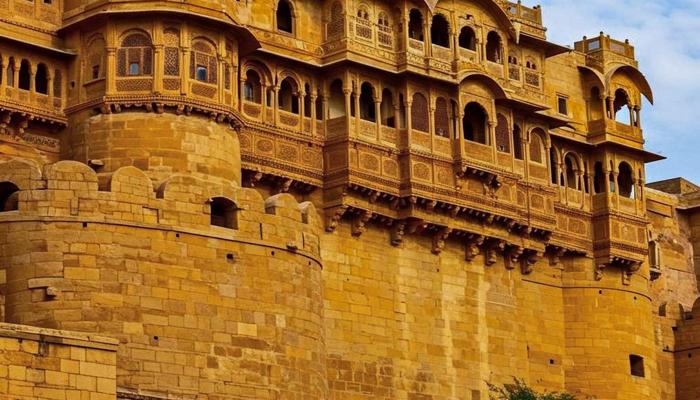Early Conservation Efforts
The birth of national parks in India marked a pivotal moment in wildlife conservation. These initiatives, starting as early as 1936 with Jim Corbett, demonstrated
a growing awareness of the need to protect India's precious flora and fauna. This set the stage for future conservation efforts.
Jim Corbett's Legacy
Jim Corbett National Park, established in 1936 in Uttarakhand, stands as a testament to early conservation. This park, a pioneer, provided a safe haven for tigers and other wildlife, setting a standard for protection. It has been vital for tiger conservation.
Parks Across India
Following Jim Corbett's example, India saw the establishment of more national parks. Madhav National Park in Madhya Pradesh (1958), Tadoba National Park in Maharashtra (1955), and Kanha-Kisli National Park, also in Madhya Pradesh (1955) were among these vital establishments.
Protecting Biodiversity Now
These national parks, founded in the mid-20th century, exemplify India's dedication to preserving its natural heritage. They continue to be vital in safeguarding numerous species. They serve as reminders of our responsibility towards nature.














